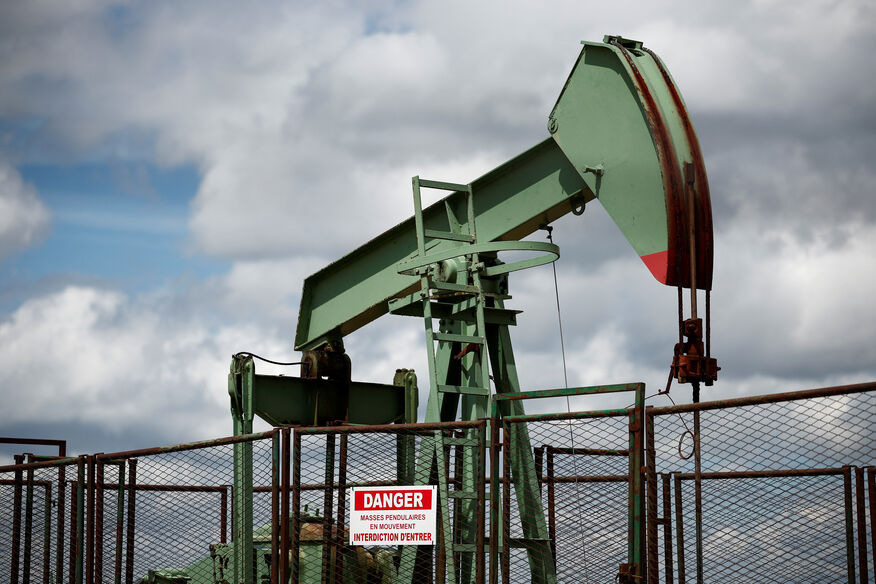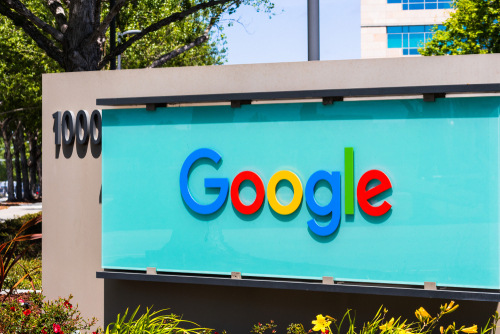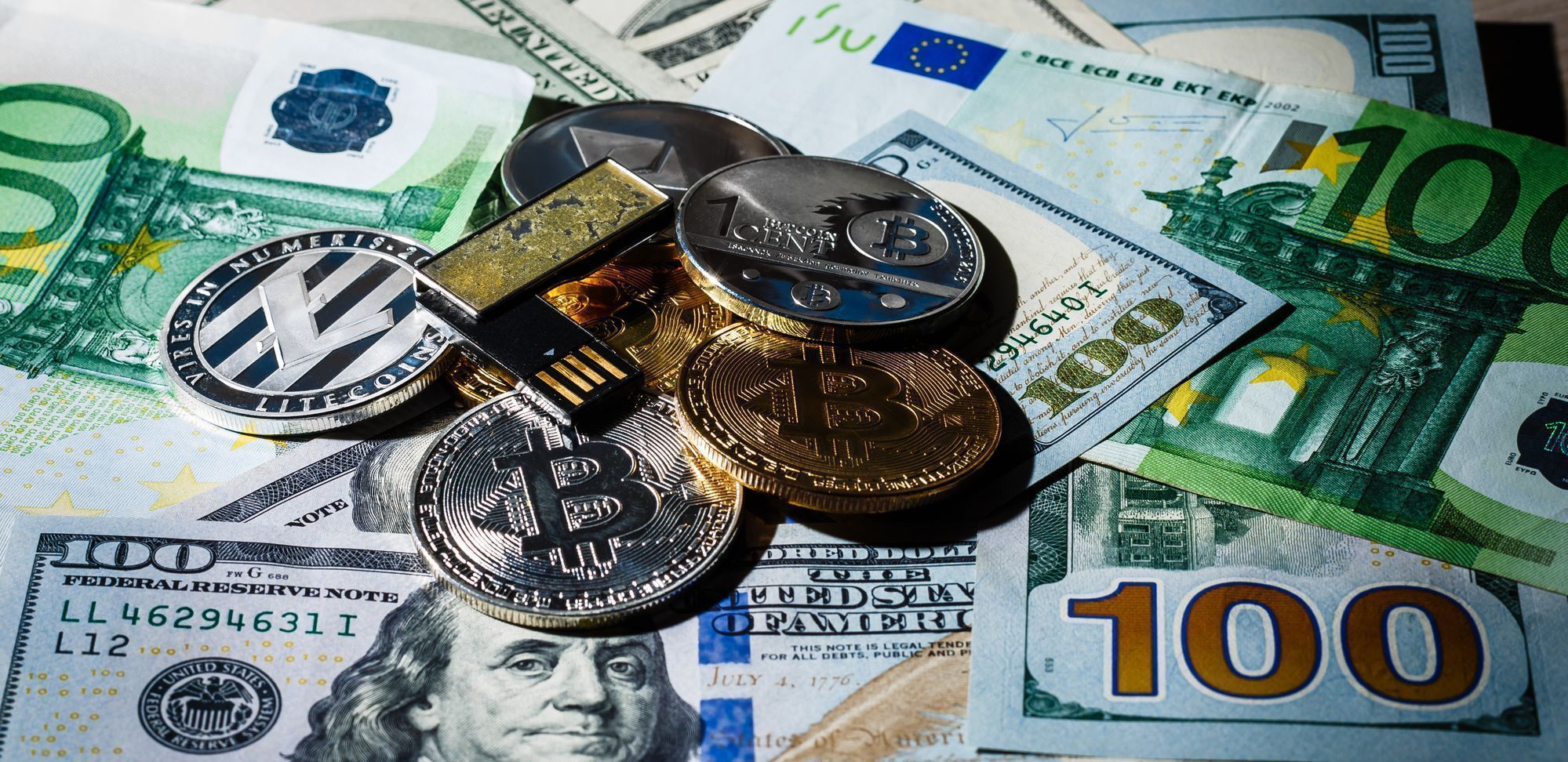Berkshire Hathaway reported a 4% drop in Q2 operating earnings

Berkshire Hathaway failed to meet Wall Street’s expectations again, reporting a second straight quarterly earnings drop.
The company posted a 4% decline in operating profit for the second quarter of 2025, bringing in $11.16 billion, down from $11.6 billion in the same period last year.
Berkshire blamed the dip on weaker underwriting results from its insurance units, which reversed last year’s record gains. Other sectors like railroads, energy, and retail did better, but not enough to pull the whole group up.
Overall net income came in at $12.37 billion, or $8,601 per Class A share, compared to $30.3 billion, or $21,122 per share, a year earlier. The drop in net earnings was partly due to changes in the value of the firm’s investments, which it must report under U.S. accounting rules, even when the assets haven’t been sold.
Cash rises, but no share buybacks and no big deals
At the same time earnings were falling, Berkshire Hathaway’s cash stash climbed to a record $344 billion by the end of June, up from $333 billion at the end of March. Despite having more than enough capital to make moves, Warren Buffett and his team didn’t use any of it to buy back shares.
That made it the fourth straight quarter with no buybacks, even though the firm has said it will repurchase stock if the price drops below what Warren sees as fair value.
Class A shares peaked at $809,350 on May 2, right before Warren said he’ll step down as CEO at the end of 2025. The stock ended June at $711,480, but still, there was no repurchase. Warren, 94, has been cautious in recent years. He hasn’t made a major acquisition, and his team has been selling stocks more than buying them.
In the second quarter, Berkshire sold $6.92 billion in equities and bought $3.9 billion, continuing a trend that’s now stretched over 11 consecutive quarters.
Warren explained his approach earlier this year in his annual letter to shareholders. “The great majority of your money remains in equities. That preference won’t change,” he wrote.
Still, he hasn’t acted much on that preference lately. One reason may be rising prices. The S&P 500 jumped more than 10% during the second quarter and hit an all-time high by June. That made it harder to find good deals.
Kraft Heinz is one of Warren’s worst bets
Berkshire also took a $3.8 billion writedown on its Kraft Heinz Co. stake, slashing the carrying value of the holding to $8.4 billion from more than $17 billion back in 2017.
Warren was the key player behind the merger of Kraft and Heinz nearly a decade ago, but the move hasn’t paid off. The packaged food giant’s stock has dropped 62% since the deal, while the S&P 500 has gained 202% in the same period.
In its regulatory filing, Berkshire said the loss was “other-than-temporary” and explained:
“Given these factors, as well as prevailing economic and other uncertainties, we concluded that the unrealized loss, represented by the difference between the carrying value of our investment and its fair value, was other-than-temporary.”
Warren’s company still owns 27.4% of Kraft Heinz as of June, but the writedown may give them room to start reducing that position.
Jim Sanders, an analyst at Edward Jones, said this may be a signal. “I think they’re giving themselves more flexibility to potentially exit their position in the future,” he said. “This is one of Warren’s largest missteps in the past couple of decades. It might just be time to move on from it.”
Currency moves added more pain to this quarter’s results. Because Berkshire Hathaway holds some debt in euros, British pounds, and yen, those loans must be translated into dollars. In Q2, the weakening of the dollar led to an $877 million after-tax hit to earnings. A year ago, the same effect actually helped, adding $446 million in after-tax profit.
Warren has long argued that operating earnings are the best way to measure the company’s real performance. Unrealized gains and losses from stocks can cause massive swings in net income from quarter to quarter, even when nothing’s been sold. That volatility was clear this quarter, with net income swinging by almost $18 billion compared to last year.
KEY Difference Wire: the secret tool crypto projects use to get guaranteed media coverage







